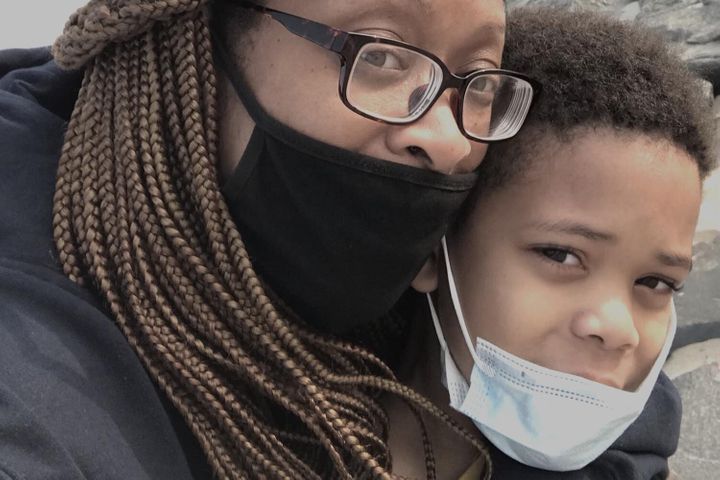154,000 Black Women Left The Workforce In December Alone
Share
Explore Our Galleries
Breaking News!
Today's news and culture by Black and other reporters in the Black and mainstream media.
Ways to Support ABHM?
By, Huffington Post
Since the pandemic started, all women have been hurting, but women of color most of all.
Faced with shaky job prospects across so many industries and often with children home for virtual school, many women have simply given up on the idea of working. All told, 2.1 million women have left the workforce since this pandemic started, compared to nearly 1.7 million men.
In December, as coronavirus cases surged in the U.S., that dynamic got worse, according to data released by the Labor Department last Friday. All of the 140,000 jobs lost in December were held by women, according to the new data. Meanwhile, American men gained 16,000 jobs that same month.
And though the pandemic has hurt all women, women of color are bearing the brunt of the pain. “The December job loss was definitely concentrated among Black and Hispanic women. No question,” said Heidi Shierholz, an economist and director of policy at the Economic Policy Institute. “For white women, it’s a total disaster, but that’s dwarfed by what’s happening in other demographic groups.”

The unemployment rate for women overall, 6.3%, is twice as high as it was before the pandemic started. The unemployment rate is 8.45% for Black women and 9.1% for Latina women, according to Friday’s report.
In December, 154,000 Black women left the labor force entirely. That’s the largest drop in their employment since the beginning of the pandemic, the National Women’s Law Center pointed out in a data brief released Friday. Meanwhile, 200,000 white women actually returned to the workforce.
Women have been leaving the workforce throughout the pandemic, though. Most notably, in September, 863,000 were forced out. But at the time, the majority of those workers were white women.
Read the full article here.
Learn how black families are dealing with CoVid-19 here.
More Breaking News here









Comments Are Welcome
Note: We moderate submissions in order to create a space for meaningful dialogue, a space where museum visitors – adults and youth –– can exchange informed, thoughtful, and relevant comments that add value to our exhibits.
Racial slurs, personal attacks, obscenity, profanity, and SHOUTING do not meet the above standard. Such comments are posted in the exhibit Hateful Speech. Commercial promotions, impersonations, and incoherent comments likewise fail to meet our goals, so will not be posted. Submissions longer than 120 words will be shortened.
See our full Comments Policy here.